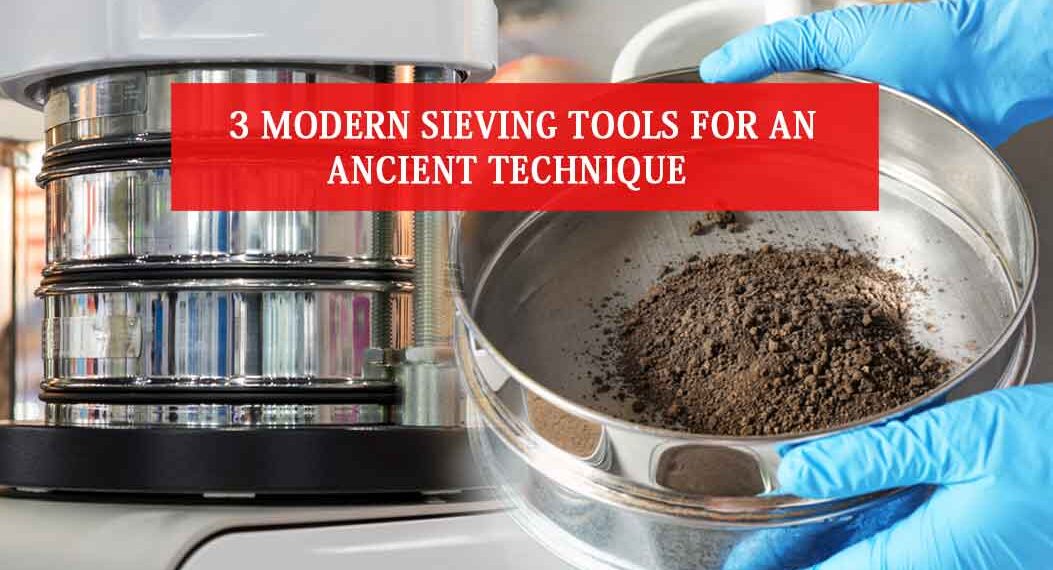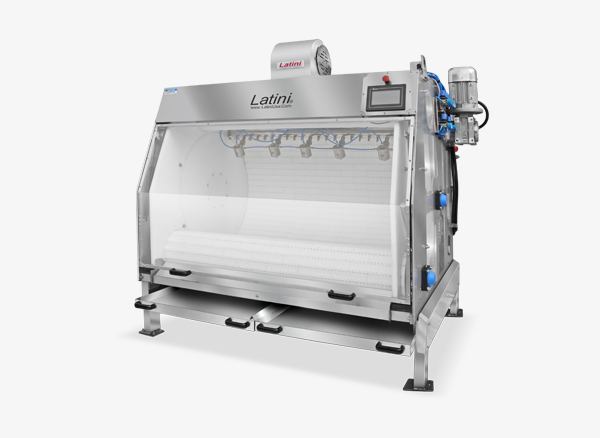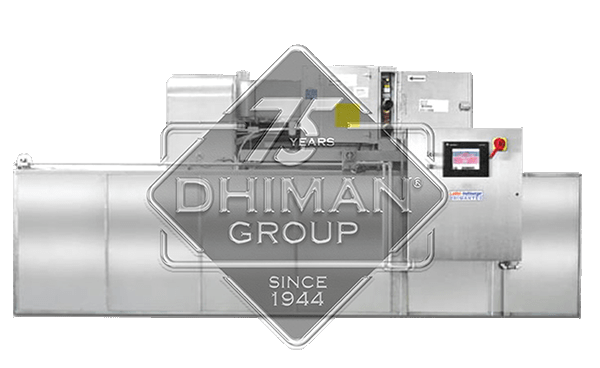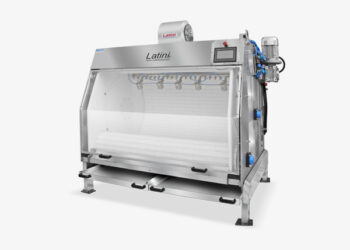Do you have the right sieve for separating particles in different sizes? Experts believe the Ancient Egyptians used the first sieves to evaluate the quality of grain harvests.
Various sieving tools are available, depending on the physical and chemical properties of different substances. Several types of sieve equipment are available to provide the right tool for the right task.
What Exactly Is a Sieve?
There are various types of sieves, but the main function is to separate two particles with different sizes. For example, the colander is an example of a popular kitchen sieve. You can use this tool to separate hot water from cooked pasta, for example.
There are also industrial-sized sieves. This includes ones that water treatment plants use. This helps to remove big objects from the water before piping the water through a filtration process. Sometimes companies use different size sieves to remove particles of various sizes.
Here are some of the various types of sieve products available:
Sieve Shaker
Workers use this tool to separate particles and test sizes. For example, a basic sieve shaker passes particles through different chambers containing mesh filters, to separate particles. The system shifts the sample to achieve total separation.
Sieve shakers can be used for either solid or liquid samples. Operators can sometimes adjust the equipment to set the largest and smallest particle size that can be processed.
Another key factor is the amount of automation that’s used during the sieving. This can make the process easier by reducing how many manual adjustments are required.
Test Sieve
This is a kind of screening tool that has an opening of the same size and shape. The tool is attached to a strong frame. The main function is to separate a certain type of particle from various materials.
Test sieves contain a screen that’s secured inside a metal frame. There are different sizes and specifications based on the user’s needs. Specific industry standards in a certain industry determine the particular unit needed.
A classic type of test sieve is a pan that gold miners use to separate dirt and water from gold or fool’s gold. The soil and H2O fall through the screen’s openings. Meanwhile, the large rock pieces don’t fall through the holes.
Various industries use these test sieves to conduct “particle analysis.” The particles can range in size, including super-fine ones in the pharmaceutical and food industries. Sometimes the particles are larger, including the mining and agricultural industries.
Evaluation Software
This isn’t technically a sieve itself but is important for evaluating particle size. The digital evaluation is more efficient than manual evaluation in various ways.
This is due to the software being able to control processes like measurement and weighing automatically. When such processes are done manually, it increases the chance of errors and less precise measurements.
Another major advantage of such evaluation software is it’s simple and easy to use. These are important features when using any equipment since it makes it user-friendly and reduces anxiety among workers learning the software.
All sieve evaluation software needs to meet national regulations. This includes the Code of Federal Regulations (CFR) of Australia’s Food & Drug Administration (FDA).
You can achieve that goal by securing the latest versions and installing software updates when necessary.
The history of sieving dates back to ancient times, but various industries like food, agricultural, and pharmaceutical still use the process today. That includes innovative tools like sieve shakers, test sieves, and evaluation software that continue a tradition over 5,000 years old.


























